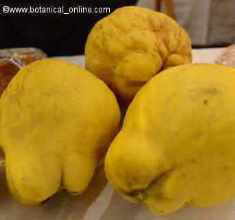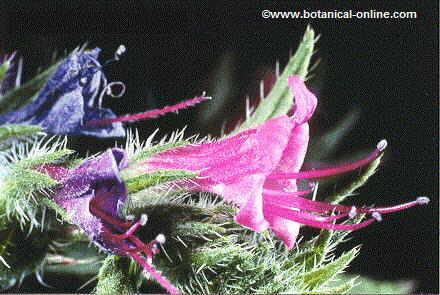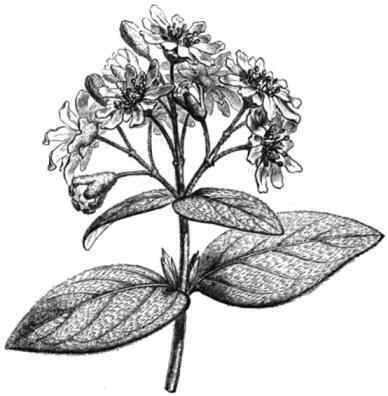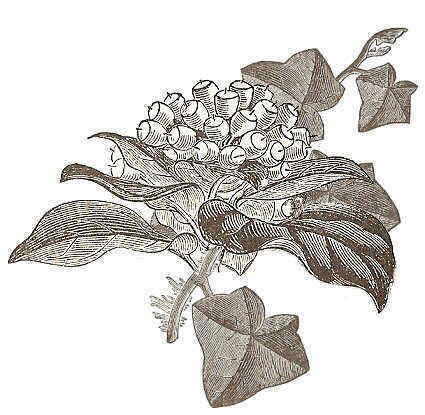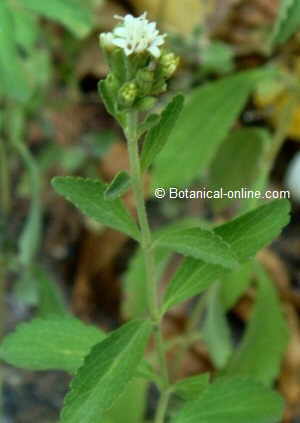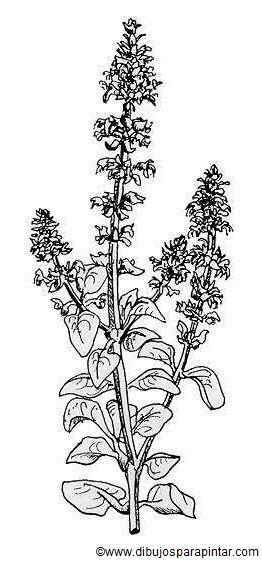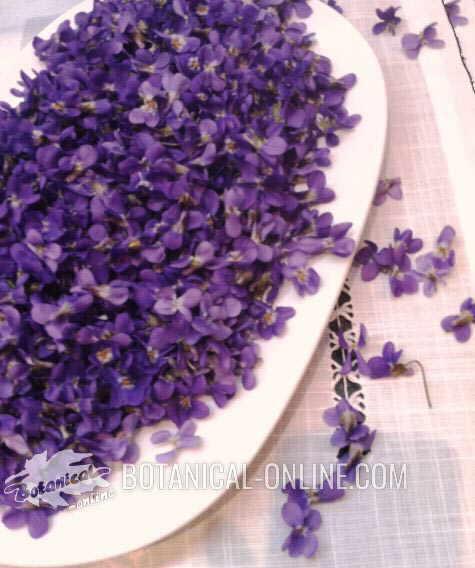Contents
What is a cascara sagrada plant?
Characteristics of cascara sagrada (Rhamnus purshiana)
Common English name: Cascara, Buckthorn, Cascara sagrada, Bearberry
Scientific name: Rhamnus purshiana (= Frangula purshiana), Rhamnus purshianus D)
Family. Ramnaceae
Habitat: Coniferous forests of the temperate zones of the northwest coast of the United States and the Pacific coast of Canada. Cultivated in some parts of central Africa. It prefers open sunny places with moist soils, especially in periods of low rainfall.
Description of cascara sagrada
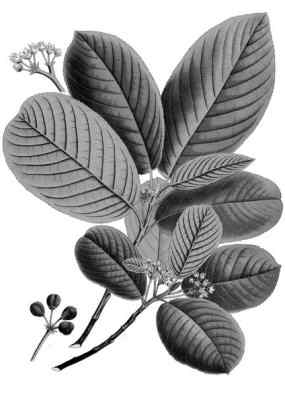 Drawing of the plant
Drawing of the plant
Deciduous tree of the Ramnaceae family up to 12 m; 3 meters wide.
Erect stems with rounded branches reddish brown bark.
Alternate leaves till 8 cm long and 2 cm wide, with abundant hairs when young, bright green at maturity and with a patent venation.
Flowers gathered in inflorescences (umbels) appearing before the leaves, greenish-white.
Drupe fruit , with two or three seeds inside it.
Components of cascara sagrada
- Acids: chrysophanic, oxalic acid, syringic
- Anthracene derivatives (69%), aloeemolin, barbaloin, emodin, frangulin, heterodianthrones (palmidins) casanthranol
- Free anthraquinones (810%) chrysophanol, emodol
- Tannins
- Glycosides: rhamnoxantin (= Cascarin) purshianin, chrysaloin, aloeemodol, emodol
- Lignin (wood)
- Fiber (bark)
- Resins (bark)
- Rhamnustoxin (bark)
![]() More information on cascara sagrada
More information on cascara sagrada

